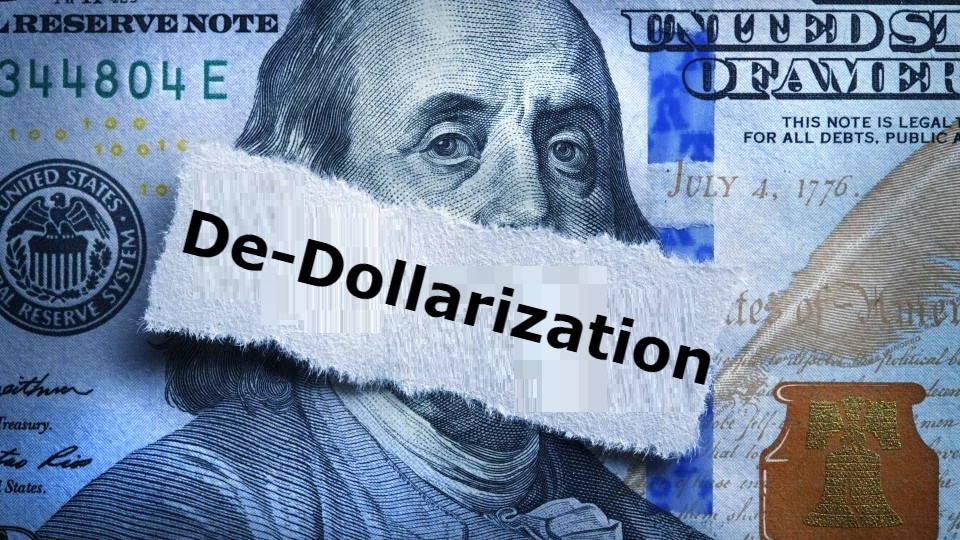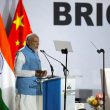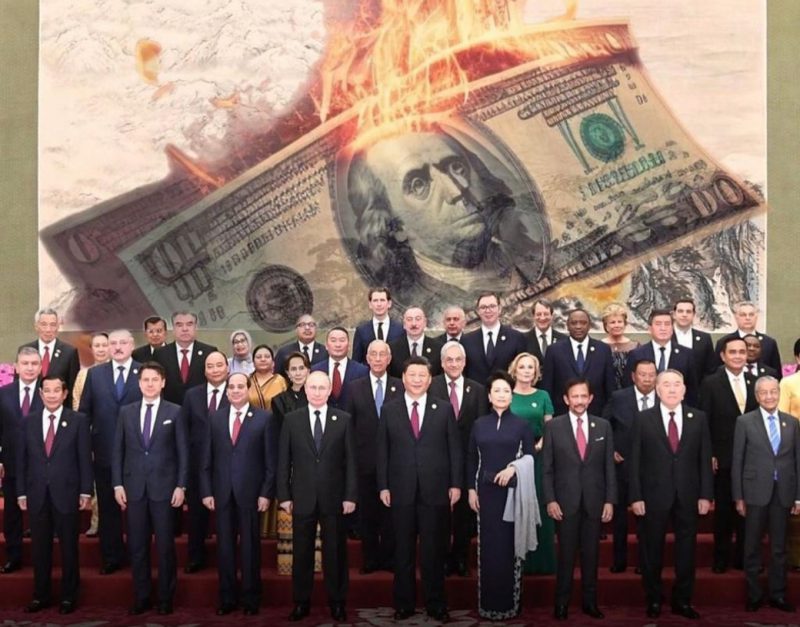BRICS kick-started the global de-dollarization program after the U.S. pressed sanctions on Russia in February 2022 for invading Ukraine. The alliance members Russia and China went on a world tour convincing developing countries to ditch the US dollar for trade. They have been successful in their quest as a handful of trade deals were settled in local currencies and not the US dollar.
Read here to know how many sectors in the US will be affected if BRICS ditches the dollar for trade. In the latest update, the US Feds acknowledged that pressing sanctions against Russia in 2022 has led to de-dollarization intensifying.
Also Read: BRICS: Russia Dumps $4.5 Billion in U.S. Bonds
BRICS: Sanctions Led To De-Dollarization, Say US Feds


US Fed Governor Christopher Waller acknowledged that the White House placing sanctions on developing countries led BRICS to kick-start the de-dollarization agenda. “If these sanctions and policies are long-lasting, the shifting cross-border payments landscape, including the rapid growth of digital currencies, could also pose challenges to the dominant role of the US dollar,” said US Fed Governor Christopher Waller.
Also Read: 10 U.S. Sectors To Be Affected if ASEAN Ditches the Dollar
Waller explained that China and Russia are capitalizing on the geopolitical situation and pushing the BRICS’ de-dollarization initiative ahead. Not just Russia and China, but even BRICS members India and the newly joined country UAE are aiding the de-dollarization agenda by settling trade in local currencies and not the US dollar.
If the de-dollarization trend continues, BRICS will gain while the US will lose out on the global financial stage. Around 90% of bilateral trade between Russia and China is already being settled in the Chinese yuan and the ruble.
Also Read: BRICS: 73 Central Banks Buy US Dollar, Ditch Chinese Yuan
A few BRICS members like India and the UAE are also paying the Chinese yuan for a few cross-border transactions. However, Waller revealed that despite the threats, the US dollar will come out on top against all leading local currencies.





